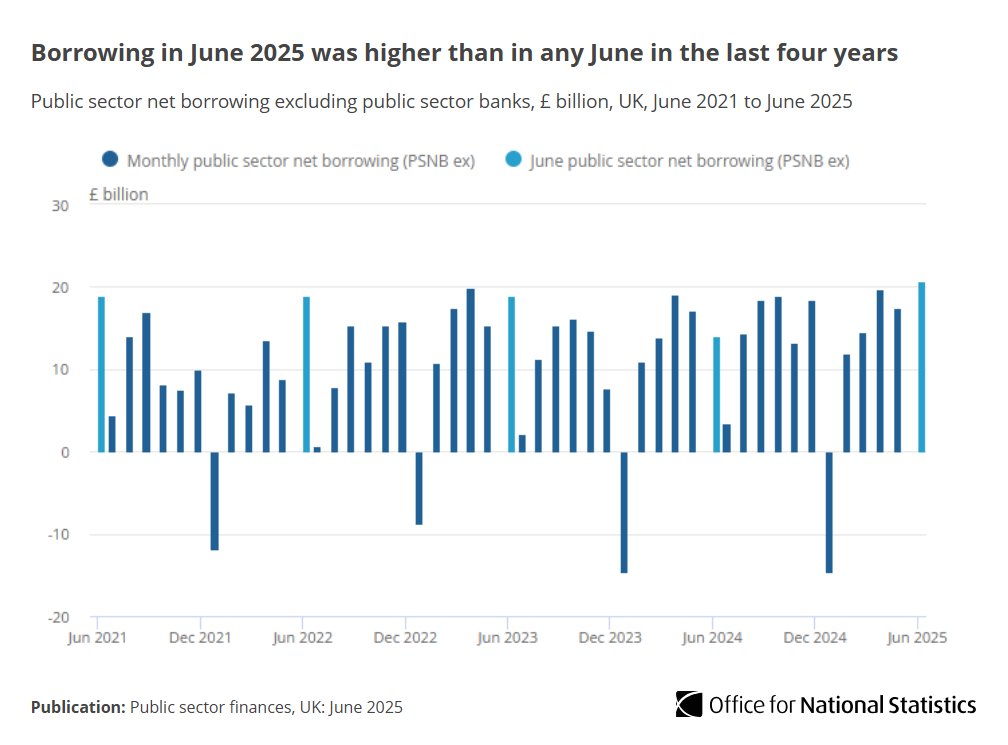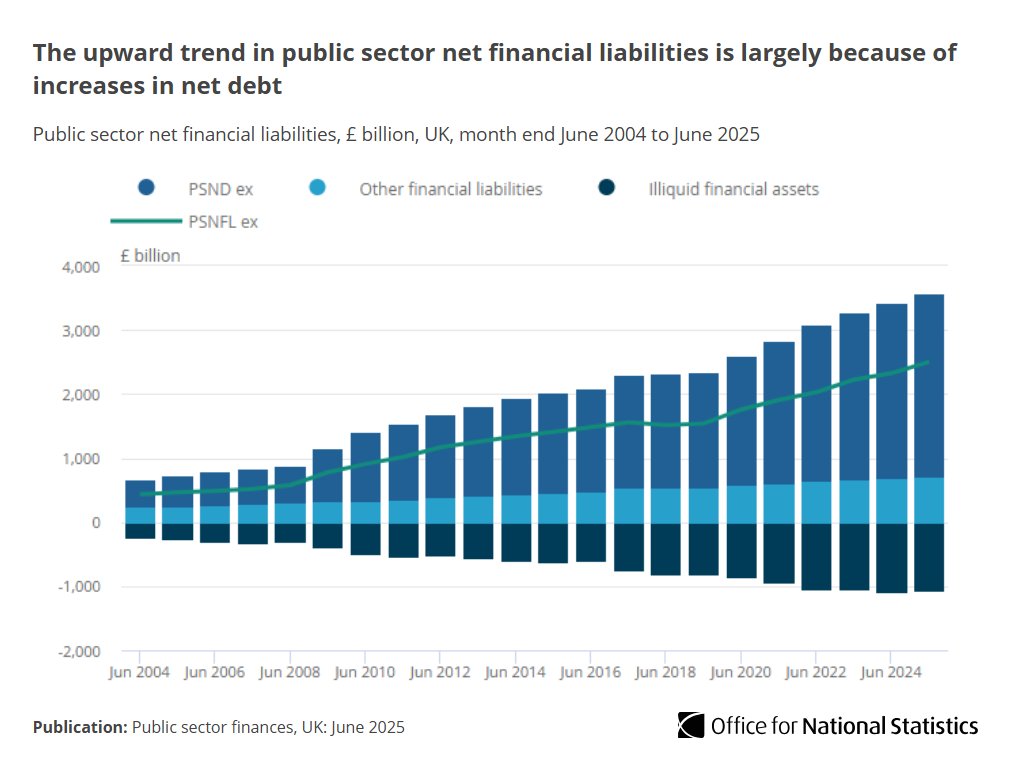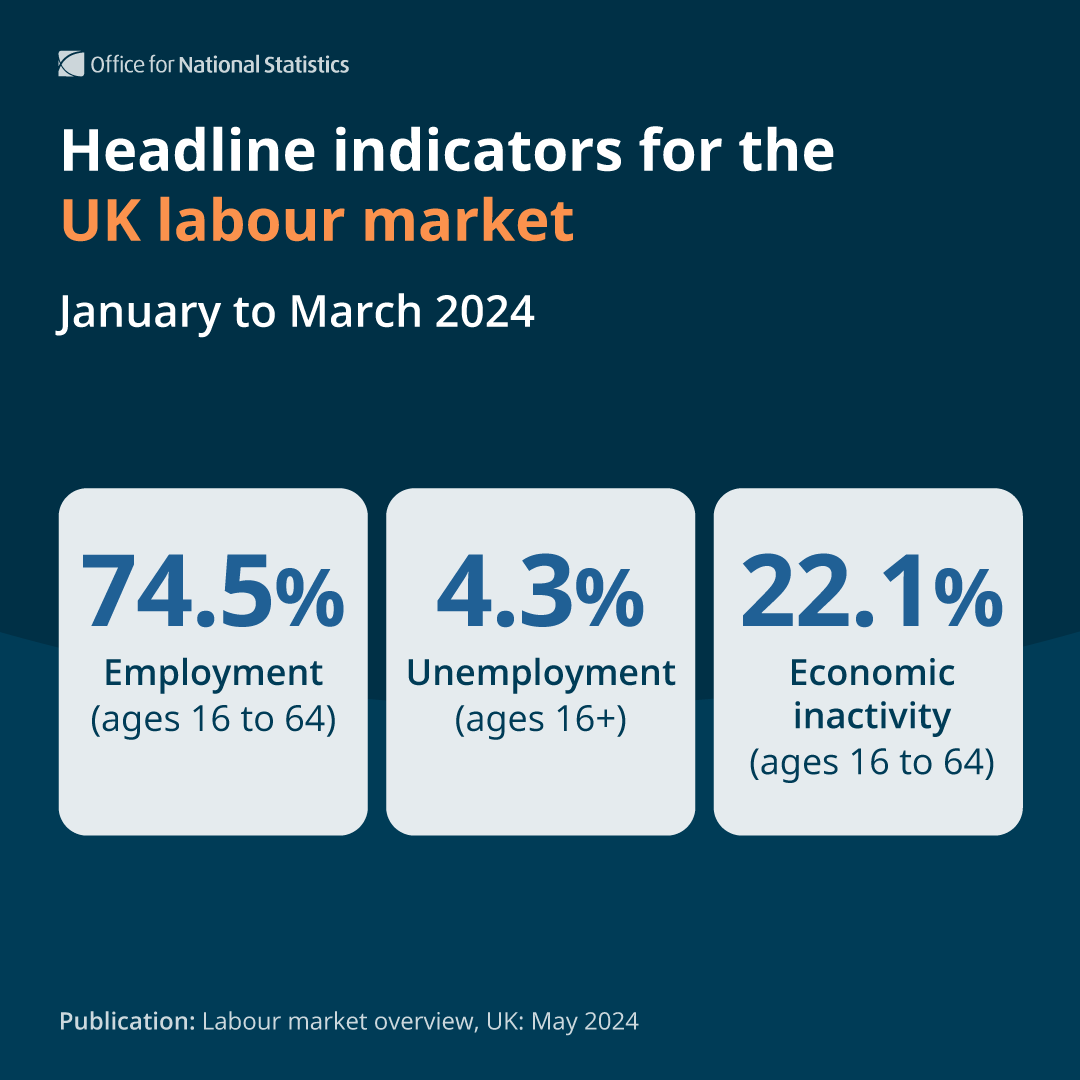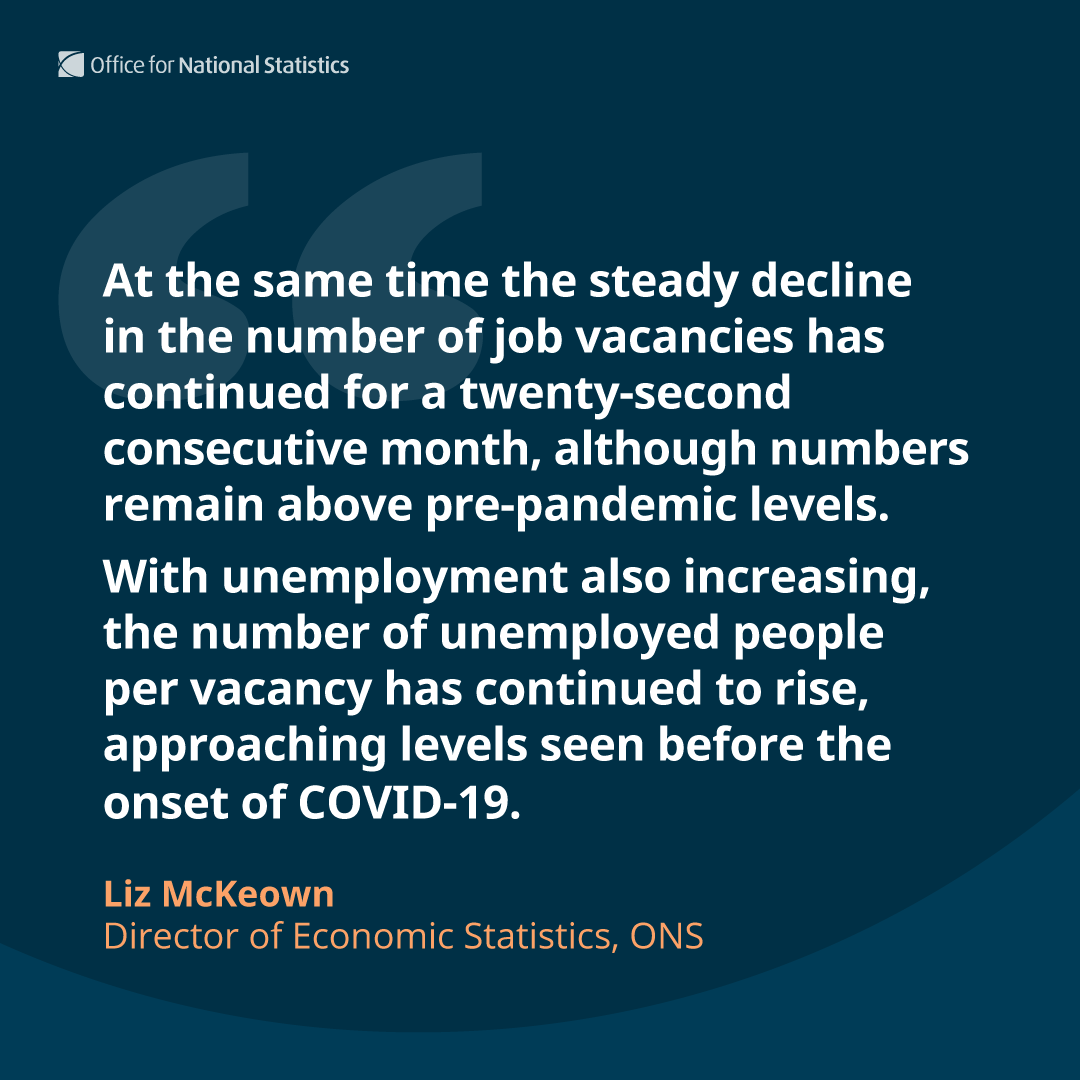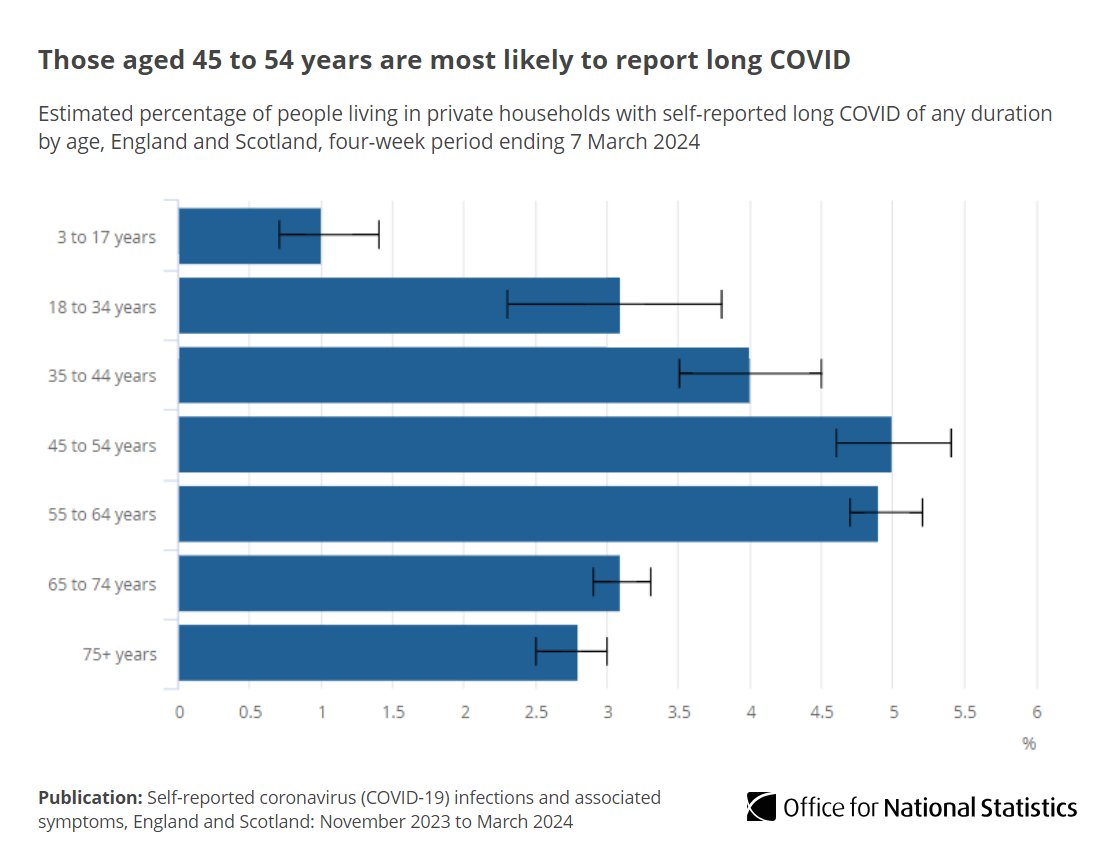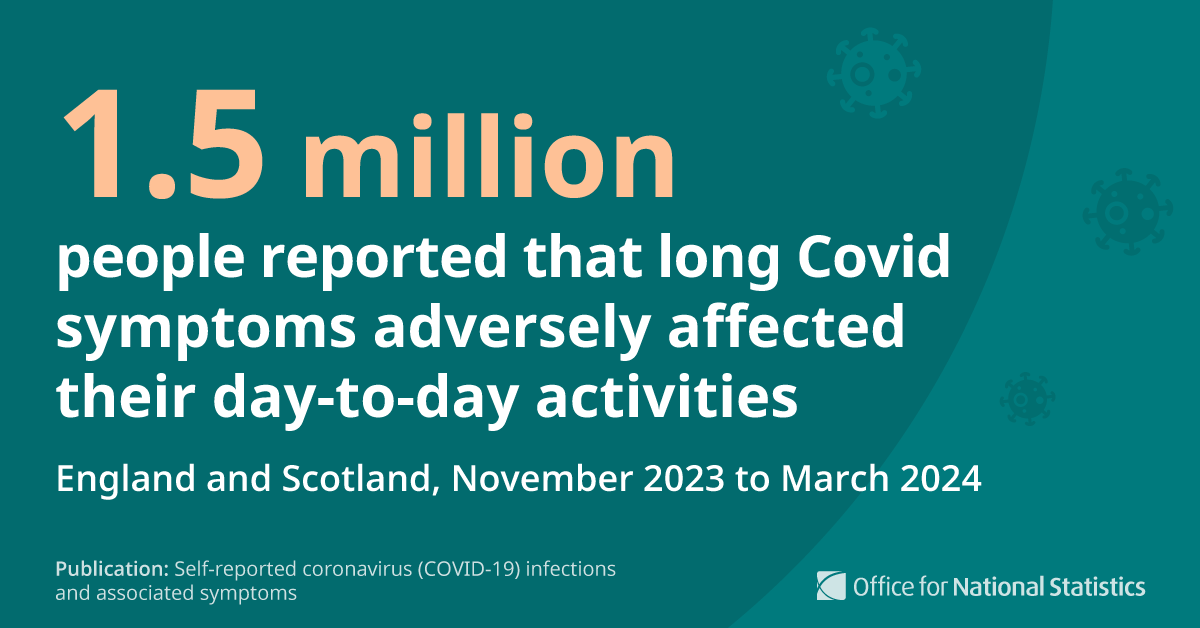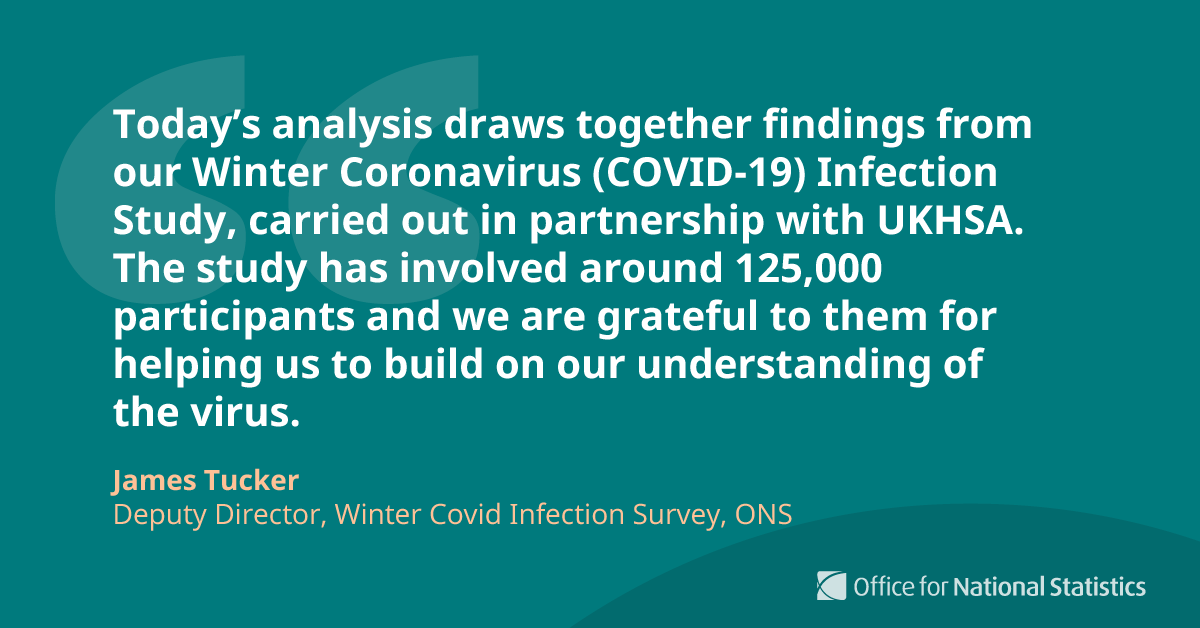We've published findings from our International Passenger Survey to understand attitudes towards #COVID19 among passengers arriving to the UK between Feb and June 2021 ow.ly/wOrt50FN5zj 

Roughly two thirds of all UK (66%) and overseas residents (69%) interviewed said social distancing made them feel safe during their journey in June 2021.
This has remained broadly consistent since Feb 2021 ow.ly/tbfG50FN5C3
This has remained broadly consistent since Feb 2021 ow.ly/tbfG50FN5C3

The majority of UK (69%) and overseas residents (75%) interviewed in June 2021 said the wearing of face coverings made them feel safe during their journey ow.ly/TUL050FN5IR 

The number of UK residents arriving back to the UK who've been vaccinated has risen from 6% in Feb 2021 to 62% in June, broadly reflecting the UK's #COVID19 vaccine rollout.
Older UK & overseas residents interviewed were more likely to have had a vaccine ow.ly/sEsZ50FN5LO
Older UK & overseas residents interviewed were more likely to have had a vaccine ow.ly/sEsZ50FN5LO
The proportion of both UK residents and overseas residents in June 2021 (52% and 64% respectively) who said #COVID19 testing was very important for safety fell from the corresponding figures in May (64% and 73% respectively) ow.ly/BBqy50FN5RF 

Most UK residents arriving in the UK found following overseas #COVID19 restrictions difficult or very difficult (80% in June), but conversely most overseas residents said that they understood UK COVID-19 restrictions either quite well or very well (96%) ow.ly/jtbn50FN5UR 

• • •
Missing some Tweet in this thread? You can try to
force a refresh


